Of course I know how to convert RGB to LAB and LAB to RGB, color difference calculation is mentioned at https://en.wikipedia.org/wiki/Color_difference.
However, it does not mention anything about opacity.
I would like to know how to convert RGBA to LAB with semi-transparent, just including the opacity into the CIELAB ΔE* formula.
Image converted to 256 colors with formula abs(R1 - R2) + abs(G1 - G2) + abs(B1 - B2) + abs(alpha1 - alpha2) as fitting function to select palette and dithering

Image converted to 256 colors with formula abs(L1 - L2) + abs(a1 - a2) + abs(b1 - b2) + abs(alpha1 - alpha2) as fitting function to select palette and dithering


